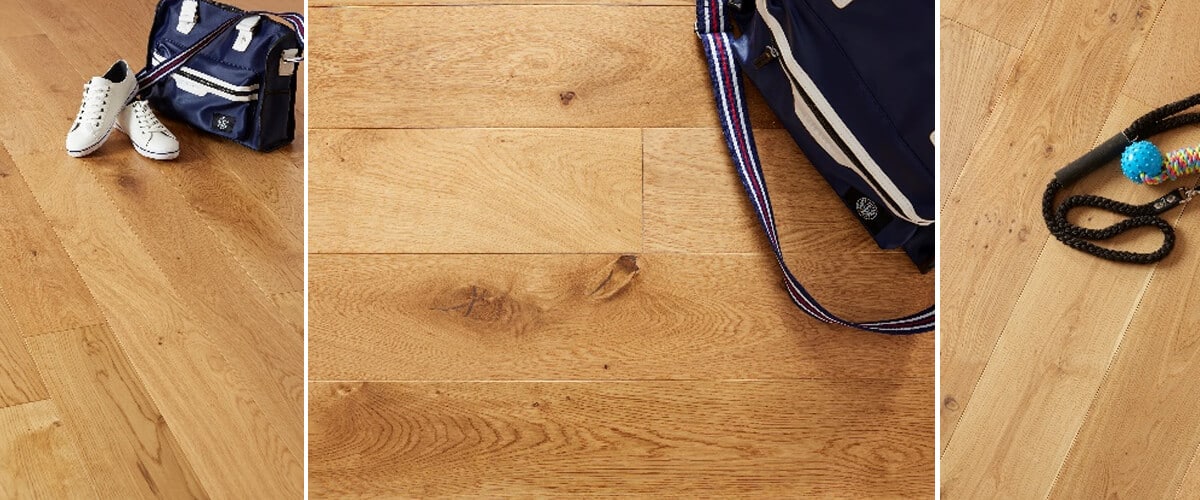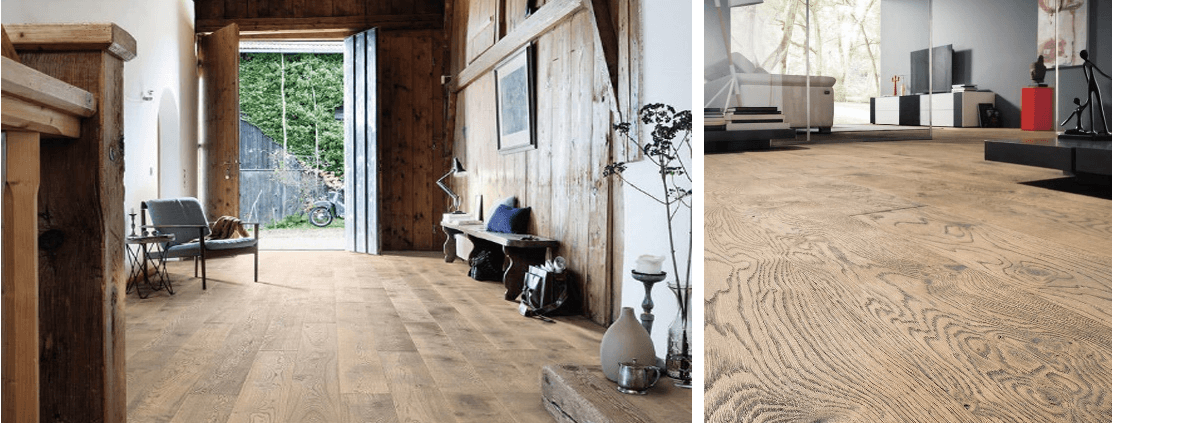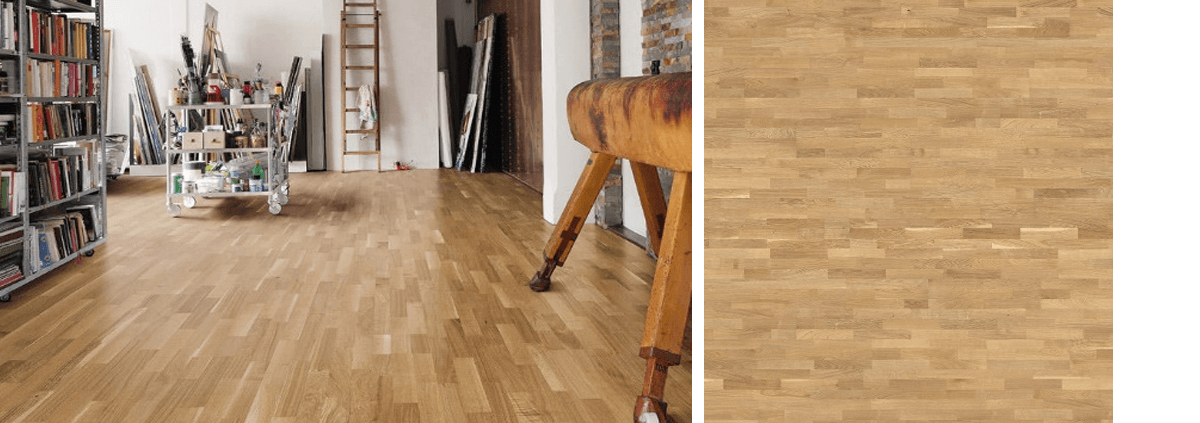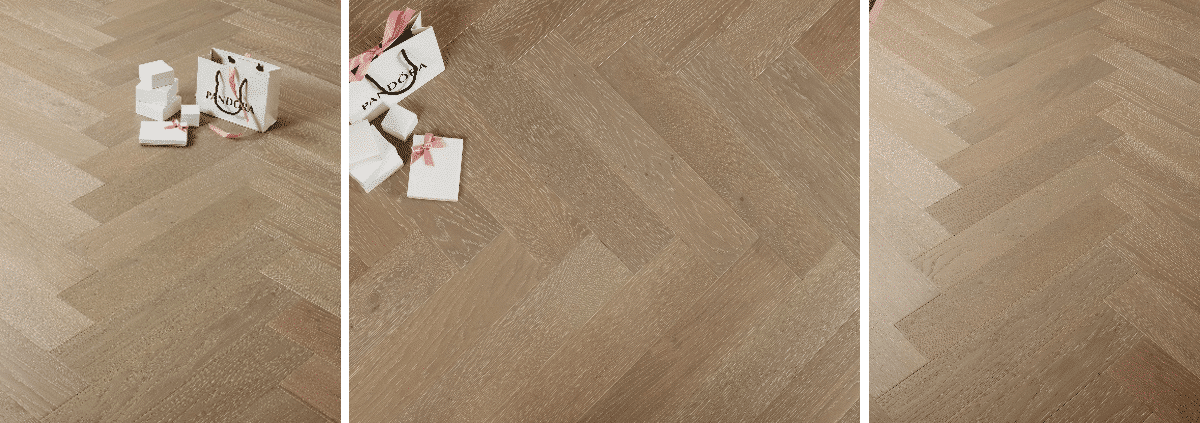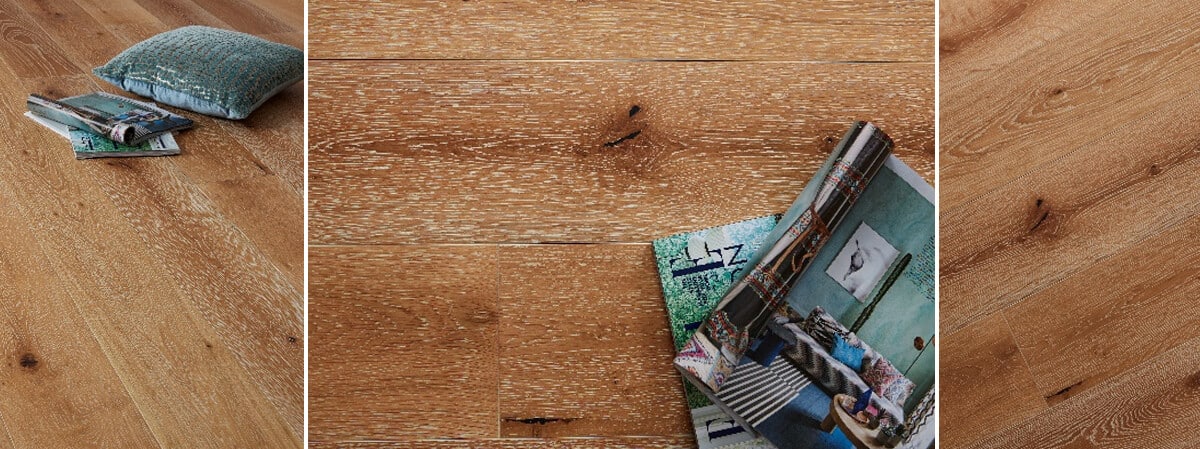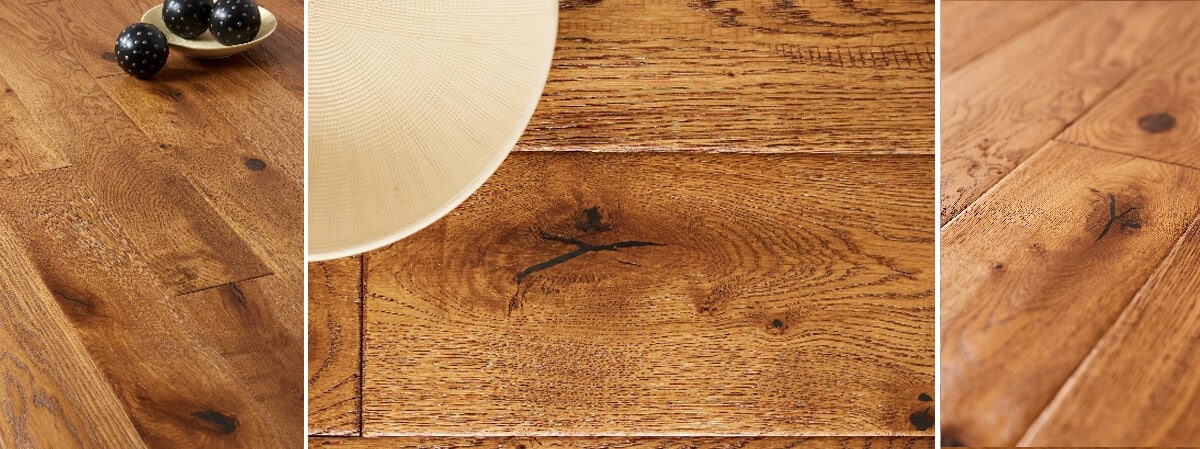sanding engineered hardwood: 7 Pro Tips
Sanding Engineered Hardwood – The Complete London Guide
When London homeowners look for a dramatic yet budget-friendly way to revive tired boards, sanding engineered hardwood instantly rises to the top of every shortlist. Unlike full replacement, sanding preserves the layered stability of your existing planks while erasing scratches, scuffs and dull varnish. Because the top veneer of an engineered board is genuine timber, the result delivers the same warm patina you expect from solid oak yet at a fraction of the cost and disruption. Before you pick up a drum sander, dive into this guide written by Nationwide Hardwood Flooring Company, the trusted source for sanding engineered hardwood across London and beyond.
Sanding Engineered Hardwood in London: Key Benefits
From Kensington townhouses to Hackney lofts, sanding engineered hardwood has become a go-to refresh method for Londoners seeking sustainability, speed and style. Below are core reasons local residents embrace this approach:
- Preserves historic character – Many period flats near Covent Garden harbour parquet-pattern boards. By sanding instead of replacing, owners retain original charm and can later match fresh sections with Burghley herringbone.
- Minimises downtime – Revamping a Shoreditch café? Our overnight service means you reopen by morning latte service, especially when paired with fast-drying finishes.
- Cuts landfill waste – Choosing sanding over removal saves tons of timber from UK landfills every year. Learn how refinishing contributes to sustainability.
- Supports healthy indoor air – Modern dust-less systems capture up to 99% of particles, a practice endorsed by eco-friendly floor-sanding specialists.
Engineered Boards Explained
What Makes Londoners Love Engineered Floors?
Each board is built from a plywood or HDF core topped with a 2–6 mm hardwood wear layer. This cross-laminated construction resists the damp chills rolling off the Thames, allowing sanding engineered hardwood to remain stable even as old radiators cycle on and off. For homeowners wanting heritage looks from day one, explore timeless options like Buckingham Solid Oak that complement engineered installations.
Can You Really Sand Engineered Hardwood?
The short answer: yes—when done correctly. The rule of thumb across Nationwide Hardwood Flooring Company is simple: if the wear layer exceeds 2 mm, sanding is safely on the table. Our technicians verify thickness before treating any Knightsbridge residence or Canary Wharf office. Still unsure? This in-depth guide on sanding engineered flooring explains key thresholds and best practices.
Essential Tools for Sanding Engineered Hardwood
Successful projects rely on specialised equipment sized for veneer depth. Key items include:
- Fine-cut drum sander – Lightweight units prevent gouging large expanses.
- Random-orbit edging sander – Perfect for Soho studio corners where boards meet skirting.
- Vacuum-assisted dust hood – Captures micro-particles to keep neighbours happy.
- 120- to 220-grit abrasives – Higher grits remove finish without burning through veneer.
- Water-based polyurethane – Fast-drying topcoat ideal for London’s humid summers; see care guidelines for engineered wood.
Step-by-Step Process: Sanding Engineered Hardwood Like a Pro
1. Room Preparation
Clear furniture, hang plastic sheeting and remove thresholds. A clutter-free space ensures the job proceeds without obstructions.
2. Initial Pass (120-Grit)
Set the drum sander to a shallow bite. Begin along the grain, overlapping each row by 50 percent to strip away finish, not wood.
3. Edging Corners
Switch to the orbit sander for perimeters. Keep it flat; tilting risks uneven removal and weakened veneer.
4. Intermediate Pass (150-Grit)
Repeat the process, removing scratches left from the first round.
5. Final Pass (220-Grit)
This silky pass polishes the surface. After sanding is complete, vacuum twice and tack-cloth every board.
6. Staining & Sealing
Choose water- or oil-based stains compatible with engineered veneers. Once dry, seal the floor with three polyurethane layers for durability that rivals our Loch Tummel collection.
Local Insight: Where London Style Meets Sanding Engineered Hardwood
From the industrial-chic breweries of Bermondsey to the art-deco flair of South Bank apartments, sanding adapts to every neighbourhood aesthetic. In Brixton music studios, satin finishes reduce glare under stage lights, while glossy topcoats in Mayfair townhouses accentuate herringbone patterns reminiscent of Chatsworth Multi-Ply.
Dust Control & Safety Tips
London flats often share ventilation shafts, making dust management vital. Nationwide Hardwood Flooring Company uses HEPA-filtered extractors to capture 99 percent of debris—similar technology recommended in this sustainable sanding overview.
Cost Breakdown: DIY vs. Hiring a Professional
| Aspect | DIY (£) | Professional (£) |
|---|---|---|
| Equipment Hire (Weekend) | 120 | — |
| Abrasives & Finish | 90 | — |
| Labour | Priceless | 450 |
| Total | 210+ | 450 |
While going solo appears cheaper, one mistake can burn through veneer, forcing full replacement that dwarfs professional costs. Compare scenarios in this article on the economics of sanding engineered wood.
Maintenance After Sanding Engineered Hardwood
- Use felt pads on furniture legs.
- Mop with pH-neutral cleaners formulated for polyurethane finishes—see maintenance best practices.
- Maintain 40–60 percent indoor humidity to prevent gaps.
Ready to Book Your London Sanding Service?
No one knows sanding engineered hardwood like Nationwide Hardwood Flooring Company. Call us today on 07940 528 315 or email enquiries@nhfcompany.co.uk for a free on-site assessment. If you’re planning a full renovation, pair sanding with our wooden floor installation services for a complete refresh.
Nationwide Hardwood Flooring Company – transforming London one board at a time through masterful sanding services.


